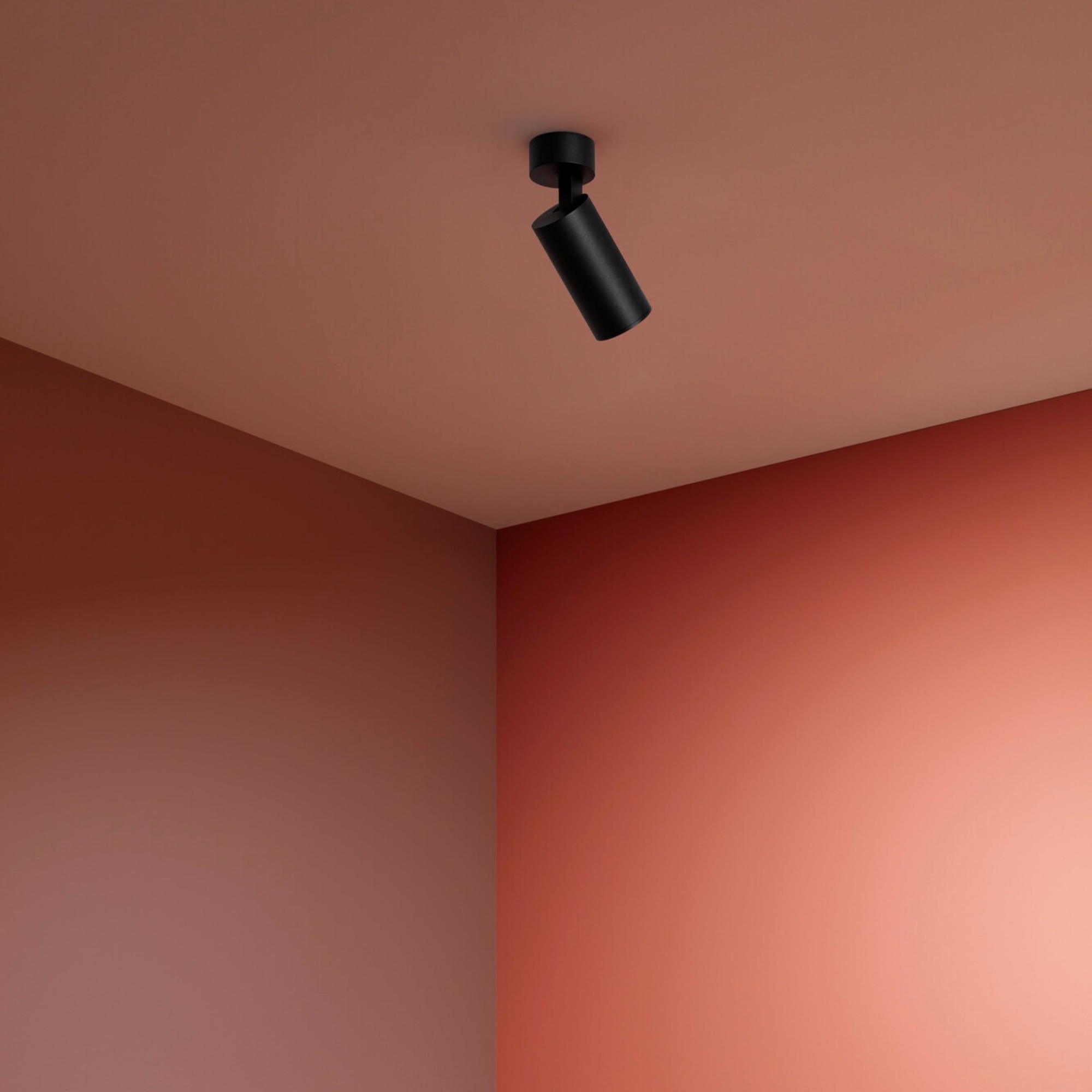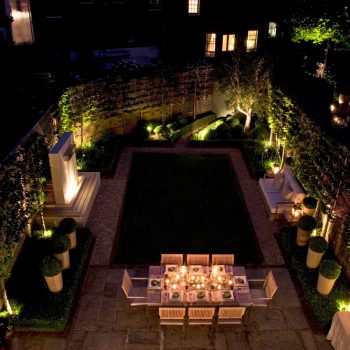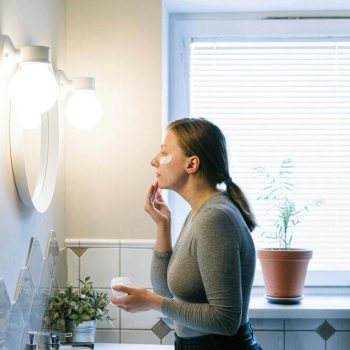Low-voltage lighting is often mistaken for energy-efficient lighting, the reputation of which took a beating when the first few rounds of products were released. Most people still think of those spiral-shaped bulbs that glowed with a sickly, pale blue hue and took forever to brighten up after being switched on.
But low-voltage lighting is a little different and has come a long way since those dimly lit days, especially with the introduction of LED technology. So, what is low-voltage lighting and what is the point of it? Here, we explain the technology behind low-voltage lighting and its many advantages when used in your garden lighting scheme.
Table of contents:
What is low-voltage lighting?
Low-voltage lighting began with 12v halogen bulbs, which generally produced the same brightness levels and performed just as well as mains voltage halogen lamps. However, halogen lighting is now being phased out: the much more energy-efficient LED technology now dominates the low-voltage lighting industry.
In an ever more pronounced shift away from standard 230v mains voltage lighting, low-voltage lighting and its benefits are winning over consumers everywhere. Initially developed to facilitate safe outdoor landscape lighting, the technology uses an LED driver or transformer to step down the voltage from 230v to 24v, 12v or lower. The driver or transformer is either built into the light fitting or installed separately. However, its presence is essential for the operation of low-voltage light.
What are the advantages of low-voltage lighting in your garden?
If you’re wondering why you should use low-voltage lighting, the benefits are undisputed. Let’s take a closer look at the key low-voltage lighting advantages and how they can make a difference in your garden lighting scheme:
1. Increased safety
Due to the significantly lower 12 volts running through these light fittings compared to 230V lighting options, low-voltage lighting is much safer. The lower voltage reduces the risk of serious electric shock while providing a safer option for outdoor lighting installations that won’t pose a hazard when exposed to rain and moisture.
2. More versatility
A lower voltage means bulbs, wires and power requirements can be smaller, meaning lighting designs can be more varied, intricate and creative. These smaller fittings allow you to install lighting in smaller, tighter spaces that would otherwise be difficult to illuminate safely.
3. Longer lifespan
Another benefit of low-voltage lighting is its lifespan. Particularly now that LED is the most popular form of low-voltage lighting, the combination of the lower wattage and LED technology creates ideal conditions for long-lasting bulbs compared to traditional bulbs.
4. More energy efficient
As low-voltage lighting operates at 12 or 24 volts, they are also highly energy-efficient compared to standard 230-volt systems. When paired with LED technology, low-voltage LED bulbs can emit the same amount of high-quality light while consuming a fraction of the energy.
5. Increased durability
Many low-voltage lighting systems are designed to withstand outdoor conditions like rain, snow and temperature fluctuations, making them much more durable than traditional set-ups, especially if you opt for an IP68-rated light fitting protected from water submersion and dust ingress. In addition, the LED technology in low-voltage lights means that the bulbs last much longer than previous systems.
6. Their aesthetic appeal
Use these smaller, decorative, low-voltage lights for soft illumination to create a relaxing outdoor living space pleasing to the eye at night. Dimmers and controllers allow for precise lighting effects, perfect for highlighting architectural features or landscaping. The low-voltage system lets you easily customise your lighting design to create the desired aesthetic appeal.
7. Better cost efficiency
Low-voltage LED lights are now more cost-effective than ever. As the low-voltage light bulbs consume less energy to provide the same light levels, running this lighting system outside will cost you less on your energy bill. Also, their longer lifespan requires less frequent replacement, saving you money on replacement parts.
8. More environmentally-friendly
Choosing a lighting system that consumes less energy means that you can improve your energy conservation efforts. Longer-lasting bulbs mean consuming fewer resources used in production and less disposal. Furthermore, many low-voltage lighting systems use recyclable materials.
9. Easier maintenance
Due to the low-voltage system, digging deep trenches in your garden to conceal wires is unnecessary. A simple layer of mulch will keep your low-voltage wires safely in place without the risk of electrocuting wandering children or wildlife. Easily access your lighting design to conduct maintenance and repairs or replace components. Modular designs also help keep maintenance easy, as you can replace individual sections or components without major disruption.
10. Minimum heat contribution
Low-voltage LED lights won’t get overheated or burn up like traditional bulbs. The bulbs and light fixtures remain cool even after long hours of use, reducing the risk of burns or fires. Along with the improved thermal reduction in the light fixture body, these are the perfect garden light options to place near heat-sensitive plants. A low-heat or cool operation also helps extend the life of your bulbs and light fixtures.
11. Easy to install
Installing low-voltage lighting is much easier when you don’t have to worry about serious risk or injury from high-voltage electric currents. Easily install low-voltage lighting without burying the wires; a simple layer of mulch will keep the wiring in place without the risk of accidental electrocution or harm to wildlife.
Where to buy low-voltage lighting
With so many key advantages of low-voltage lighting, it’s little wonder the UK is seeing such a marked shift towards it. If you prioritise energy saving, safety and design flexibility for your garden lighting scheme, consider low-voltage lighting here at Moonlight Design to see how varied your options can be.
Related blogs:




Leave a comment
This site is protected by hCaptcha and the hCaptcha Privacy Policy and Terms of Service apply.